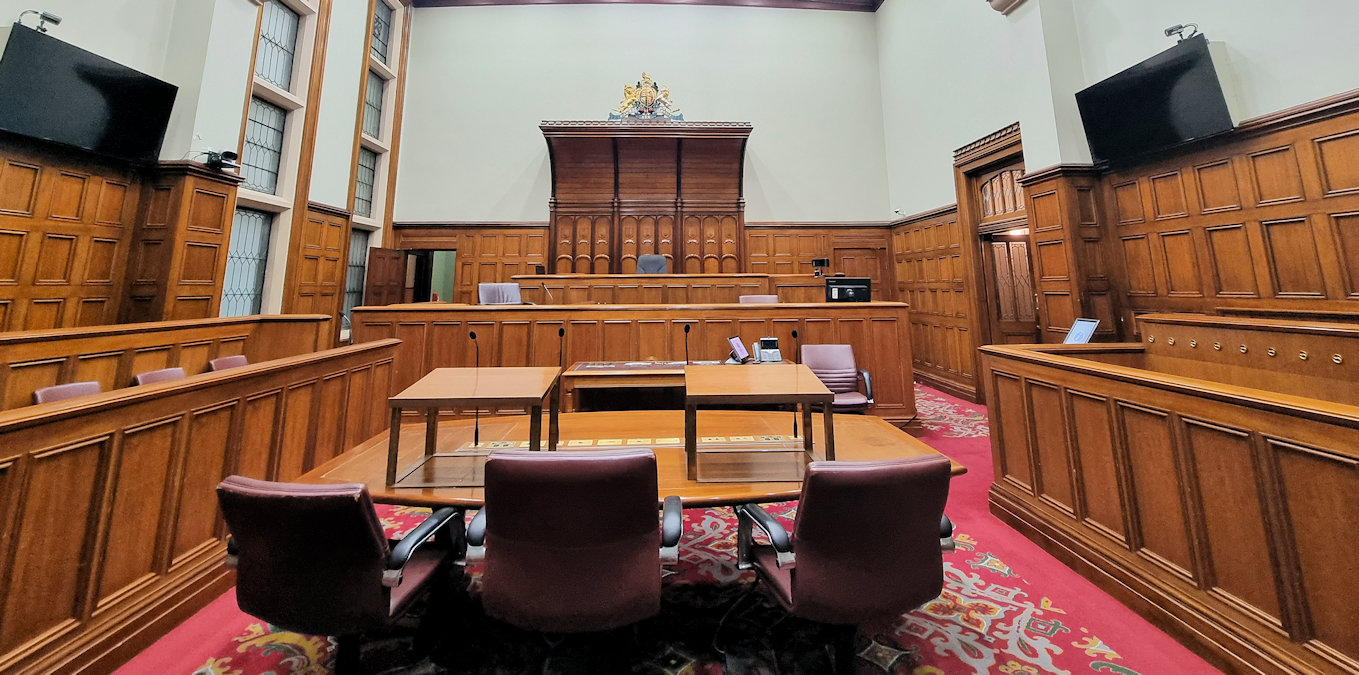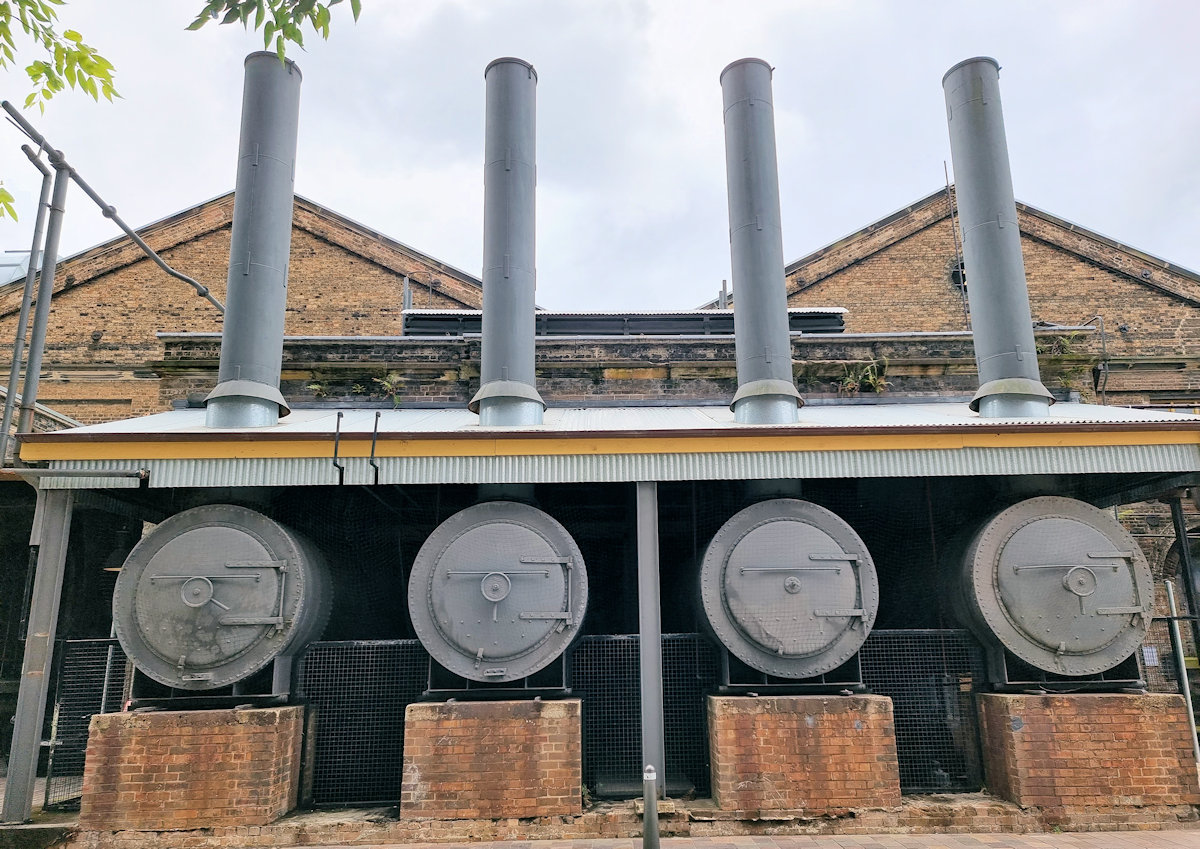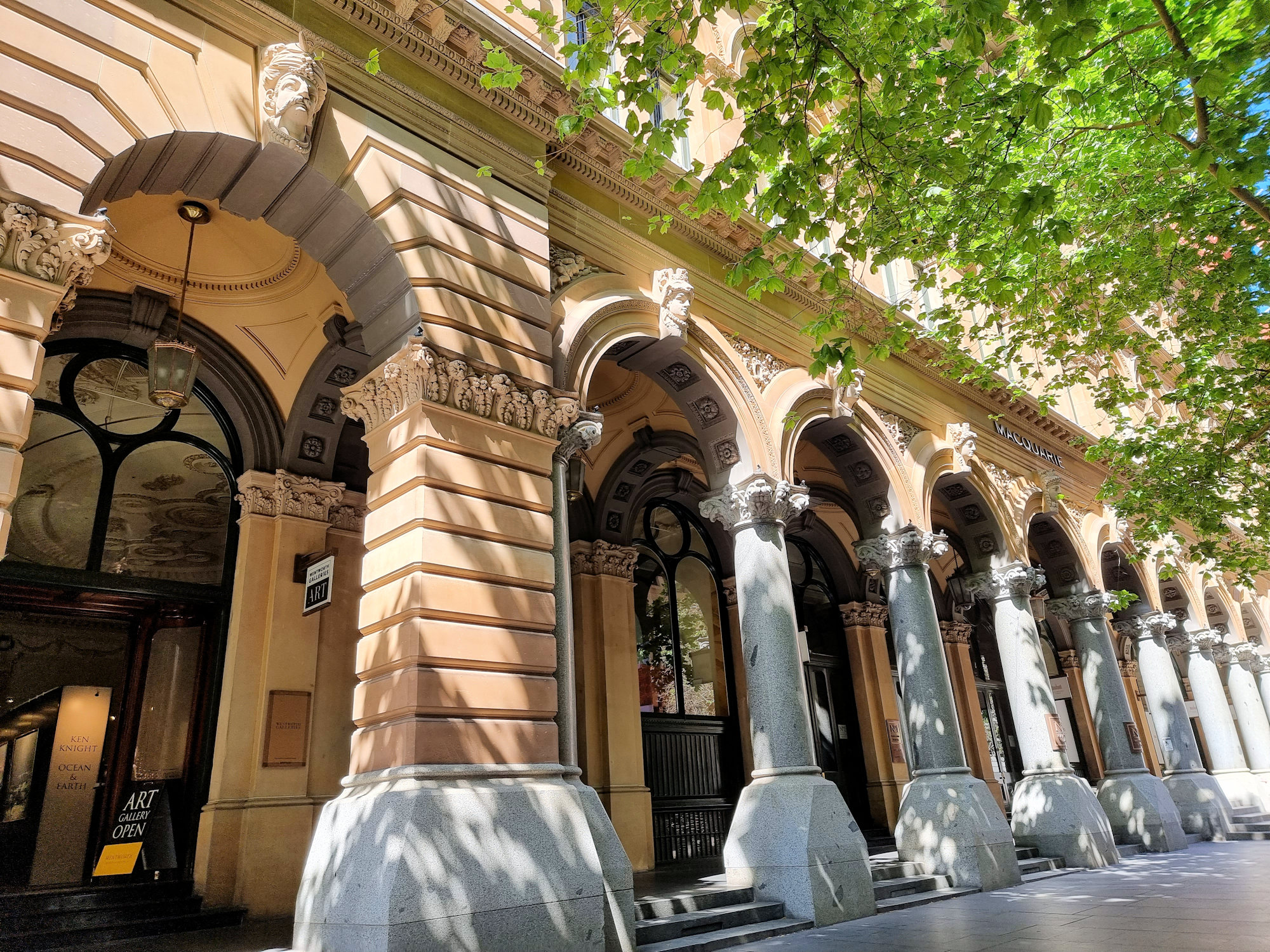Tag: historical building
-
King Street Courts Sydney

King Street Courts Sydney Designed as Australia’s first law courts by Francis Greenway for Governor Macquarie, what became the King Street Courts were originally intended as a school. The original law courts were redesigned as St James Church and subsequently the adjoining school was repurposed as courts. Completed in 1828, the final building differed significantly… Read more
-
South Eveleigh Sydney Australia

South Eveleigh Sydney Australia Located in Sydney Australia, South Eveleigh has undergone significant revitalization in recent years. This transformation has turned an industrial site into a modern and dynamic precinct that combines technology, innovation, lifestyle, and heritage. One of the major highlights of South Eveleigh is its rich industrial heritage. The site was once home… Read more
-
Fullerton Hotel Post Office Building

Fullerton Hotel Post Office Building Originally Sydney’s Post Office (GPO), this beautiful building has been repurposed into the Fullerton Hotel. Completed in 1891 after 25 years of construction, it served as the GPO until 1996 when the main post office relocated. Instead, Australia Post operate a smaller Postal Shop from the George Street end of… Read more